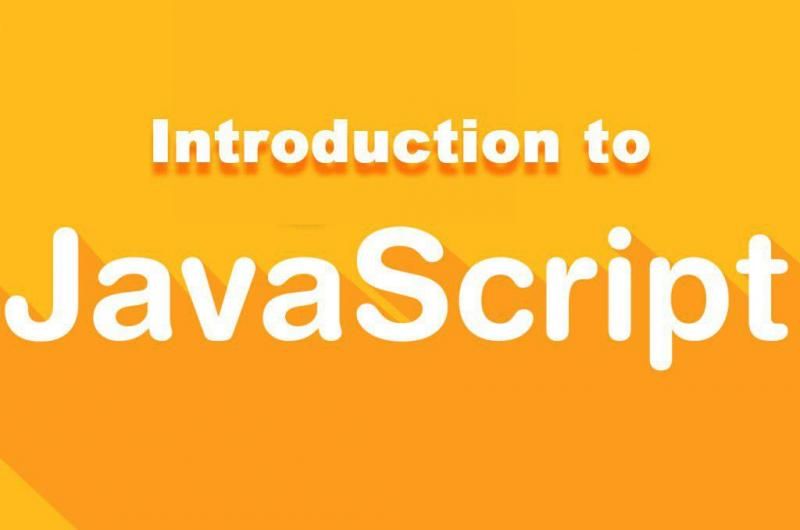Javascript is the programming language of the web. It enhances the internet and is a client-side language, meaning it runs on the visitor's computer. This very powerful programming language is easy to learn and use. In this article, we will cover everything needed to get you started in coding JavaScript.
Who created JavaScript, and when was JavaScript created?
While working for Netscape, Brendan Eich, created the scripting language javascript in May of 1995. The most impressive fact about javascript’s creation is that it only took Eich10 days to develop it. It was originally named Mocha but was changed. Their partner Sun had a tremendously successful software platform called Java, so they opted to name Eich’s creation javascript.
Why should I learn JavaScript?
It’s one of the most popular programming languages in the world. Javascript is advantageous to learn if you want to add interactivity to web pages. You can utilize this web development tool on any browser. It’s also useful in creating and extending web apps.

It is one of the three pillars of the web technology trilogy:
- HTML - used to develop the content of your website.
- CSS - used to style the layout of your website.
- JAVASCRIPT - used to control the behavior of your website.
Is JavaScript easy to learn?
Yes. The javascript language is the most recommended language to learn for anyone looking to become a programmer. From building interactive forms to animated graphics, and gaming apps, it’s been an evergrowing language with plenty of support in the form of developer communities, code libraries, and online tutorials.
How to learn JavaScript?
Some of the best javascript developers are self-taught. There are currently countless tools to help you get up to speed with the latest version of javascript and go from a novice writing the fundamentals to advance javascript code.

Some of the resources available for learning javascript range from forums, tutorials, and online learning sites, including:
- Llynda.com - currently offers 70 courses and 1,888 video tutorials
- Skillcrush - currently offers a free coding camp
- Codepen - has a lot of resources in the form of pens, projects, posts, and Collections
- Stack Overflow - currently has 1,786,787 questions related to javascript
- Codeacademyand - currently offers several online courses from beginner to advanced javascript
- Github - currently has 516,566 repository results
- Coursera - currently has 66 courses for you obtain your degree or certificate
The 5 best books to learn JavaScript you should have in your home library
1. YOU DON’T KNOW JS
A great beginner level book that is one in a series of six written by Kyle Simpson.
He covers topics including:
- Scope & Closures
- this & Object Prototypes
- Types & Grammar
- Async & Performance
- ES6 & Beyond
2. JAVASCRIPT: THE GOOD PARTS
A great beginner to mid-level book that is written by Douglas Crockford. This is a book treasured by a lot of developers in the industry.
He covers some of the most asked questions including:
- Syntax
- Functions
- Arrays
- Objects
- Methods
3. JAVASCRIPT: THE DEFINITIVE GUIDE
This book is aimed at beginners and is constantly updated and is currently on its fifth edition.
Written by David Flanagan it gives granulated look at topics like:
- Classes
- Objects
- Client-side storage
4. Head First JavaScript Programming A Brain-Friendly Guide
This book ranges from basic to advanced topics.
Written by Elisabeth Robson and Eric T Freeman it has a lot of great topics of study including:
- How JavaScript works with the browser
- Using arrays
- Functions
- Objects
- Prototypes
- Understanding closures
5. SECRETS OF THE JAVASCRIPT NINJA
This book can be used by beginner level developers but is utilized by pros, so it’s a book you can grow into. It is divided into three sections: 1. Design, 2. Construction, and 3. Maintenance.
Written by John Resig and Bear Bibeault, this great read covers:
- How to properly write functions, objects, and closures
- Avoiding common mistakes
- Regular expressions
- Asynchronous code
- ES6 and ES7 concepts
Bonus Book: JavaScript for Dummies
A book for the novice, written by Emily Vander Veer. It walks you through the javascript fundamentals and offers great examples that are easy to understand.
What can you do with JavaScript?
It was once only considered a language of the browser but has evolved into being able to do so much more.
Check out our list:
- The total creation (front and back end development) of an interactive website, in fact, the majority of today's websites use javascript
- Video game development for desktop, tablets, and phones.
- There are tons of frameworks involved with machine learning (A.I.)
- A lot of robots use javascript for their functionality
- Chatbots are great for carrying a conversation with a customer and gaining information
With hard work and dedication, you’ll go from the fundamentals to a javascript developer earning about 80,000 as an entry javascript language programmer. The more you learn the more you can earn and the skies the limit with this wildly popular language that started out as a scripting language for the browser.
